Speaker
Description
For many decades after the invention of the quark model by Murray Gell-Mann and, independently, George Zweig in 1964, there was no evidence that hadrons are formed from anything other than the simplest combinations of quarks and antiquarks: mesons are formed of a quark-antiquark pair and baryons of three quarks. In the last decade, however, in an explosion of data from hadron colliders, there are many recently observed states that do not fit into this picture: exotic hadrons.
They can be explained if the new mesons contain two quarks and two antiquarks (tetraquarks), while the baryons contain four quarks plus an antiquark (pentaquarks). The theoretical explanations for these states take two divergent tracks: tightly bound objects, just as in the case of normal hadrons, but with more constituents, or loosely bound "molecules" similar to the deuteron, but formed of a meson and a baryon.
The goal of this thesis project is to calculate pentaquark states in QCD within the Dyson-Schwinger/Bethe-Salpeter formalism and make predictions for this observed LHCb states made of light and charm quarks. The main objective is to numerically solve a two-body equation for a meson-baryon system which couples the relevant channels in the equation. In contrast to other approaches, the interaction between meson and baryon is not an effective particle exchange but a genuine quark exchange, which follows from the five-body equation for the pentaquark system.
